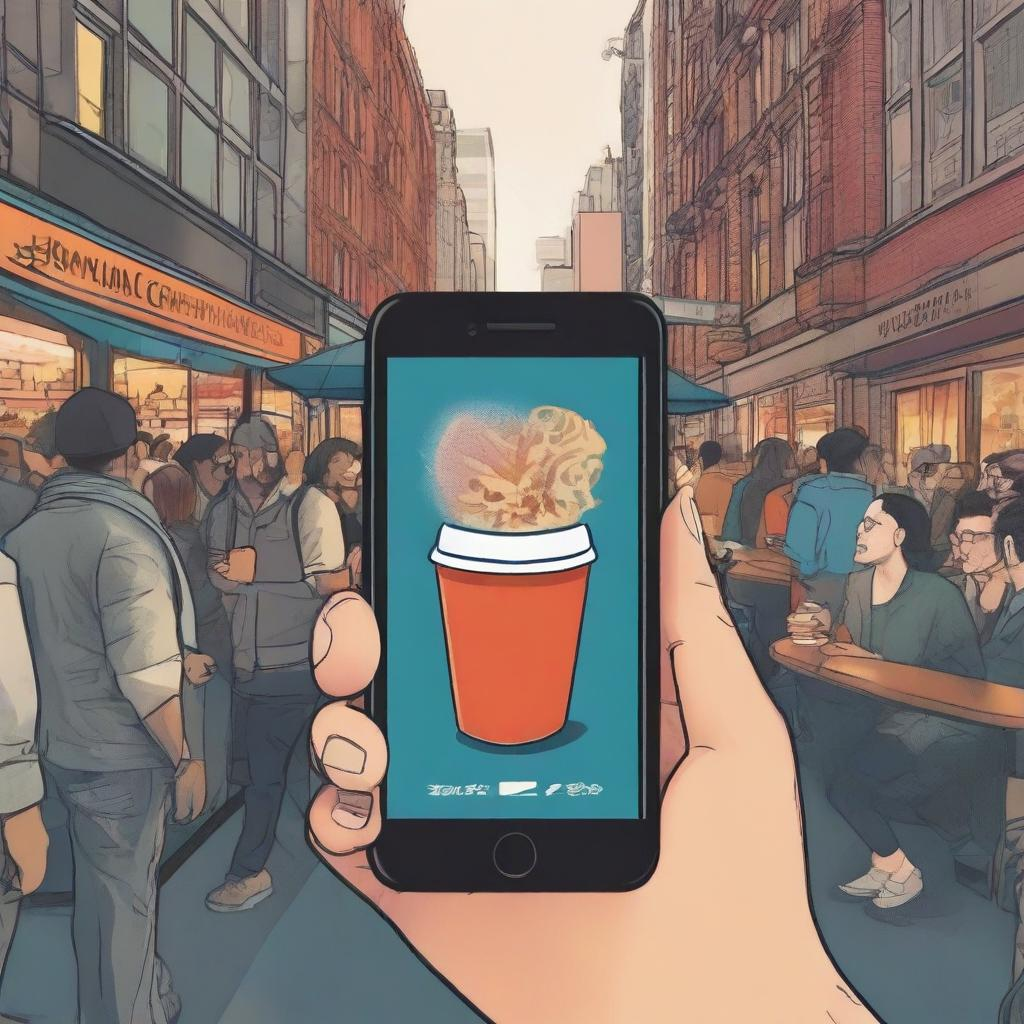TLDR
Owning a small, quick-service restaurant in Washington, DC, puts pressure on you. The rising minimum wage means higher labor costs that cut into your thin profit margins. Yet you know your workers deserve fair pay. What's the solution? Consider the pros and cons of the wage hike and get creative. Can you adjust menus or operations to absorb the impact? Per Diem app can help by enabling custom tipping and reducing reliance on costly third-party delivery services. The debate continues, but staying informed and adaptable gives you the best chance to thrive.
The Impact of Minimum Wage Increases on DC Restaurants
Labor Costs Significantly Impact Profit Margins
For DC restaurants, especially quick service establishments, labor costs make up a substantial portion of operating expenses. As the tipped minimum wage rises over the next several years to match the standard minimum wage, restaurants can expect their labor costs to increase significantly.
According to research, for every $1 increase in the minimum wage, the likelihood of restaurant closure increases by 14%.
Adapting to Higher Costs Requires Creativity
To account for escalating labor costs while maintaining profitability, restaurants will need to adapt. Some may increase menu prices, though this risks decreasing customer demand if prices become too high. Others may cut operating hours to limit labor needs during less busy periods. Still others may shift to counter service instead of full table service to require fewer staff.
Third-Party Delivery Fees Eat into Revenue
For restaurants that rely heavily on delivery and takeout, third-party delivery services charge fees of 10-20% per order. This substantially reduces profit margins on those sales. By offering their in-house delivery or shifting to custom mobile ordering while integrating with these apps, restaurants can avoid these fees, saving thousands per month.
Adapting to the rising minimum wage and increasing costs will require DC restaurants to make difficult decisions. However, with creativity and innovation, quick-service restaurants can thrive despite the challenges. By improving operational efficiency, enhancing the customer experience, and leveraging new technologies, restaurants can continue providing value to their neighborhood.
How Quick Service Restaurants Are Adapting to Higher Labor Costs
Reducing Operating Hours and Staff
According to industry research, 71% of restaurants raised menu prices in response to minimum wage increases. However, for quick-service restaurants where customers expect low prices, increasing the cost of goods is not always feasible and can reduce demand. Instead, many have opted to reduce operating hours and staff. By opening later, closing earlier, or reducing hours on less busy days, restaurants can cut labor costs without sacrificing prime business hours. Eliminating positions and reducing employee hours were also common reactions to wage inflation, with some locations letting staff go or decreasing part-time employee shifts.
Increasing Efficiency and Automation
To offset higher wages without raising prices or cutting jobs, many quick-service restaurants (QSRs) invested in technologies and processes that improved efficiency. This includes installing automated kiosks for placing and paying for orders, adopting mobile ordering for setting prep times and staying in contact with customers, workflow management systems that optimize staff scheduling and task assignments, and inventory management software that reduces waste. Some brands have also streamlined menus, focusing on a core set of products that are simpler to prepare to speed up service and decrease the total labor hours required.
Transitioning to First-Party Delivery
For restaurants that offer delivery and takeout, third-party delivery services have become essential. However, their fees, which range from 10 to 20% of the order total, significantly impact profit margins. To prevent these expenses, restaurants could begin offering their in-house delivery solutions using white-label mobile ordering programs such as Per Diem which integrates with DoorDash and also allows for restaurant staff to deliver orders.
Explore deeper insights in our ebook.
Optimizing Online Ordering and Delivery to Offset Expenses
Increasing Order Size and Profit Margins
As costs associated with online ordering and delivery rise in DC, optimizing operations is critical for QSRs to maintain profitability. One strategy is increasing average order size, which can help offset incremental shipping fees that cut into margins. Offering bundled meals, upselling customers on larger portion sizes or extras like desserts and beverages, and promoting bulk discounts on multiple items are some ways to encourage larger orders.
Check out our complete guide on upselling strategies to boost the average order size.
Tracking Profits by Channel
It is essential for restaurants to closely track profits and costs for mobile ordering versus dine-in to understand the impact of policy changes. Per Diem provides data and insights to help restaurants evaluate the profitability of enabling customers to order for pick-up or delivery through their app. If online ordering proves viable and margins remain healthy even with increasing labor costs, this channel could fuel future growth.
While policy changes in DC present challenges for restaurants, focusing on strategies to optimize online ordering and delivery operations can help offset rising expenses and ensure continued profitability and growth through this channel. By leveraging technology and closely monitoring KPIs, restaurants can thrive even in a climate of increasing costs.
Let Customers Directly Tip Workers
Increased Tipping Options For Customers
With the rise in minimum wage, restaurants may look to supplement worker income through increased tipping. Apps like Per Diem allow customers to tip workers directly when placing digital orders for pickup or delivery. Customers can select custom tip amounts to give workers immediate access to earnings via digital payments. For restaurants, this means higher tip payouts for workers at no additional cost.
Reduced Third-Party Fees
For QSRs that rely heavily on delivery and takeout, the 10-20% fees charged by third-party delivery companies can significantly impact profits. Per Diem white-label app allows restaurants to enable first-party orders through their own websites and apps. By cutting out the middleman, restaurants can avoid third-party delivery fees and keep more of the money from each order.
Adapting to New Laws
As DC's minimum wage for tipped workers rises to match the standard minimum wage by 2027, quick-service restaurants may struggle with higher costs. However, with higher tips and lower third-party fees, restaurants can generate more revenue to offset rising wages. They can then avoid raising menu prices for customers or making other changes that might impact the dining experience.
FAQs on Minimum Wage for Tipped Employees in DC
Owners and operators should understand the implications of these policy changes to make informed decisions.
How will profit margins be impacted?
With higher base wages for tipped staff, labor costs will increase for DC quick-service restaurants. To maintain profit margins, owners may need to raise menu prices, reduce operating hours, or implement labor-saving technologies like kiosk ordering or tableside payment systems. However, price increases risk alienating customers, while reducing service risks harming the dine-in experience. Using technology to offset costs may be the approach with the least downside.
How can restaurants support tipped workers through this transition?
While policy aims to help tipped workers gain greater financial security, the transition may still be challenging. Restaurants can support staff by clearly communicating how wages and tips will be handled under the new regulations. Providing resources on budgeting and financial management may also help workers make the most of increased income. Maintaining a positive company culture where workers feel valued can further ease the transition.
Final Thoughts
You have difficult choices to make as DC's minimum wage rises. Consider the impact on your business model, prices, and workers. Per Diem can empower your customers to tip generously while you save on fees. The future remains uncertain, but you can take control. There are always opportunities during times of change. Adapt wisely by staying informed and innovating. Your decisions shape your restaurant's path. Choose what's best for your business, workers, and community. The road ahead won't be easy, but you can navigate it successfully.

















.svg)





.svg)
.svg)









.png)







.webp)










